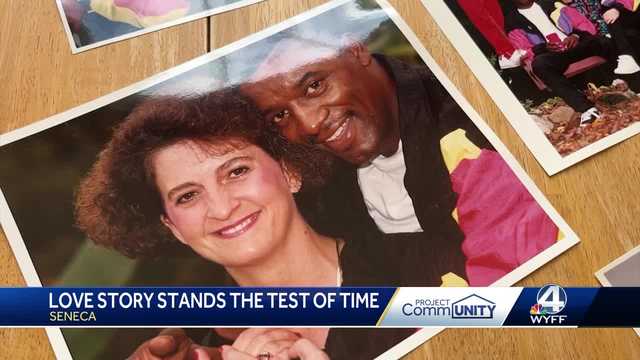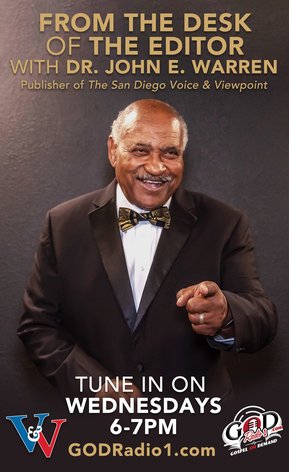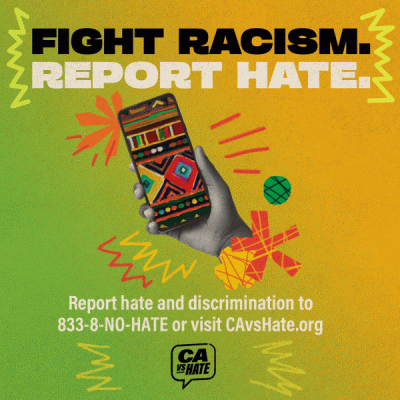
SENECA, S.C. (WYFF) — An interracial couple in Seneca, South Carolina, is finally having a wedding ceremony, since it was illegal for them to marry in South Carolina 50 years ago.
Priestly and Margaret Craig met at Seneca High School in 1969, after the state ruled racial segregation in public schools unconstitutional. The Craigs shared their love story with WYFF News 4’s Destiny Chance.
“It started with passing notes in study hall. I still have the first note he ever wrote me,” Margaret said.
“We’d come out of the woods in the little house over the bridge, in the dark and sit on the front porch of this church,” Priestly said.
For Priestly and Margaret, Mount Nebo Baptist Church was one of the rare places in Oconee County where they could be together.
“This area was very racist at that time. It was a rough time. We never could go to a restaurant together. We never could go any dance, anything. We never did any of that together. It was very much black and white. We couldn’t go the movies together. He had to go upstairs, and I had to go to the bottom. I remember trying to go upstairs and was told no,” Margaret said. “Even the restaurant uptown, oh, Seneca Cafe. Black people couldn’t go in. So if you wanted a meal or a dinner or whatever, you went around back.”
“We could never meet in the daytime where people could see,” they said in unison.
So at night, on the front porch steps, they’d secretly meet to hold each other — fearing for the worst.
“(His) dad thought he would be killed, lynched, killed, and it was a good possibility. It was– was not a joke,” Margaret said.
Before meeting, Margaret attended Seneca High, which was all-white, and Priestly went to Blue Ridge High School, which was all-Black.
“Blue Ridge High School, everything was set. You had a place you belonged. You cared about people, and people cared about you. So life was, you know, good, and you’re moving forward. But like I say, when we got to Seneca High School, everything changed. You didn’t belong. Nobody cared,” Priestly said.
In 1896, the Supreme Court of the United States decided that it was constitutional to separate Black and white Americans in public places. This decision was the result of the Plessy v. Ferguson case. The court’s idea was that racial segregation worked with American ideals as long as everyone received the same kinds of public services. It protected and supported racial segregation in the United States for over 50 years.
South Carolina maintained its fully segregated system until 1963. Eleven African American students attended Charleston’s white schools under a court order that year, but most school districts were still segregated. The federal government stopped this system by 1970.
Priestly says he played football all his life, and when he got to Seneca High School, they denied him, as well as other Black athletes, from joining sports teams. Priestly says it angered him, and he began to get in trouble for fighting.
“I thought I was going to have to fix this with my hands, and it wasn’t good at all,” he said.
Margaret adds, “They were racist white people. I mean, they were, it’s just the truth. And didn’t allow any interaction with, like, you know, girlfriend boy that was like, oh my. That was just unheard of.”
Priestly and Margaret fell in love — in secret — outside of school.
“If you call it ‘dating.’ I’d hide on the floor of the car, or each others’ laps. We knew we loved each other. We loved to caress each others’ hair,” they said.
Margaret said, “I got called to the office many times, was told I could not take him to prom there.”
Destiny asked how their families reacted. Margaret said her parents had already passed away. Priestly said his parents were fearful of their safety but took Margaret in as their own.
Quientell Walker, MLIS Local History Associate at the Walhalla Library, details the punishment of “miscegenation,” or “mixture of races,” in the 1895 South Carolina Constitution.
In 1975, Priestly and Margaret both gave their lives to Christ and decided to tie the knot. But the Craigs were still adjusting to the harsh reality of the world being slow to accept them as a unit.
“I loved him and I wanted him, and so it was a choice I made, you know, didn’t always feel good, of course, you know, aunts and uncles that I had known all my life, you know, to have absolutely no relationship with them whatsoever, was a little tough at times,” she said.
“I wouldn’t be half the man I am today if it wasn’t for her,” Priestly said.
Four children, seven grandchildren, and two great-grandchildren later, they’ll finally be getting the wedding ceremony of their dreams, in the same county that once stood in their way.
“We’re both retired now, and we love to travel,” Priestly said.
“Yes, we just came back from the Motherland!” Margaret said.
They say the key to their union is their relationship with Christ, and enjoying traveling together. Their anniversary event is Friday night where they’ll be joined by friends and family to celebrate their Golden 50th. We’re told the Oconee History Museum is planning an exhibit about their journey, beginning next week, and will run for one month.
The-CNN-Wire




